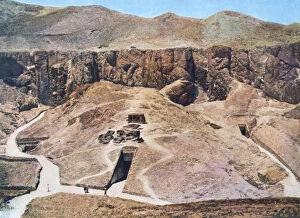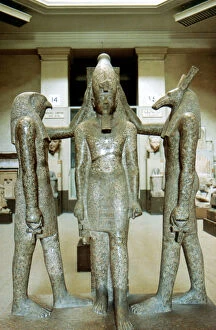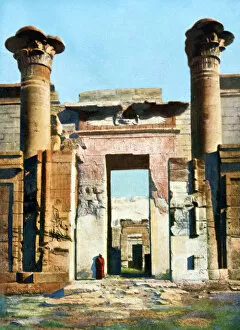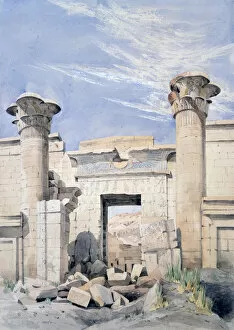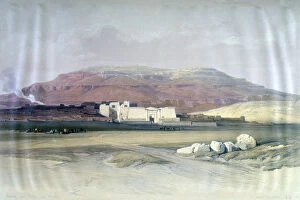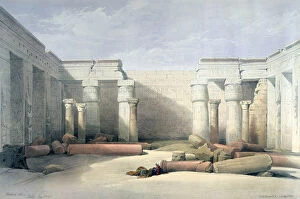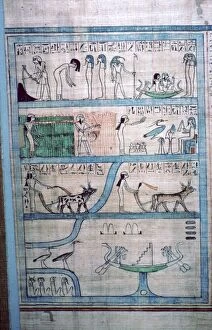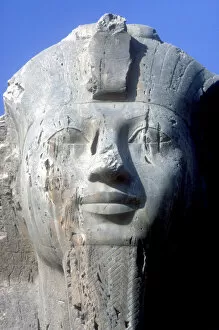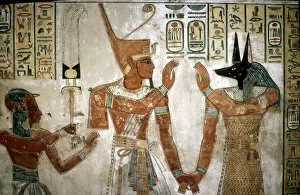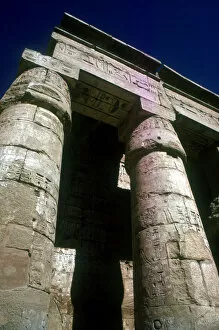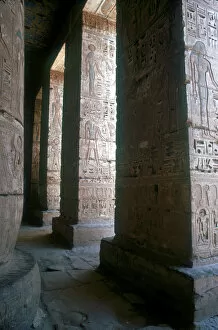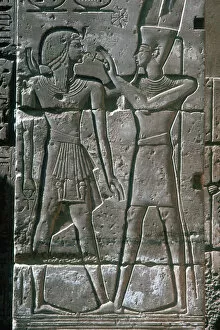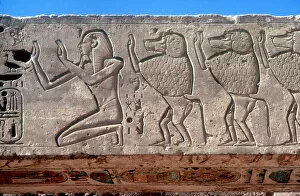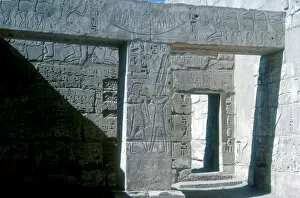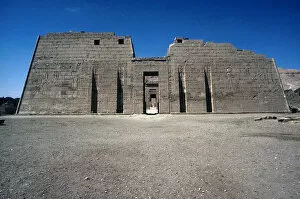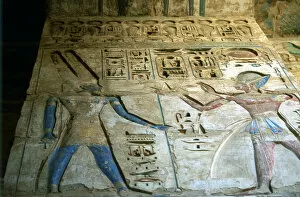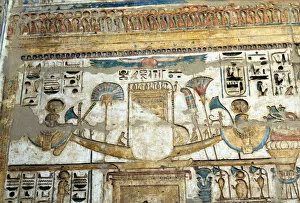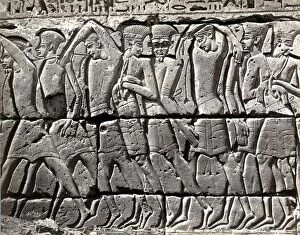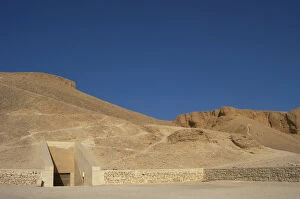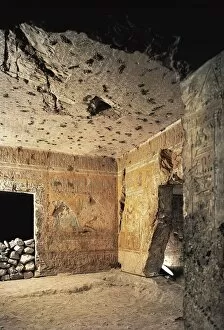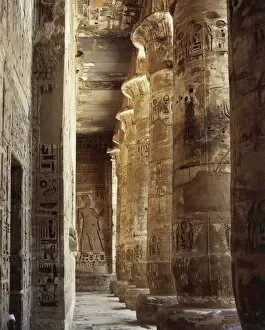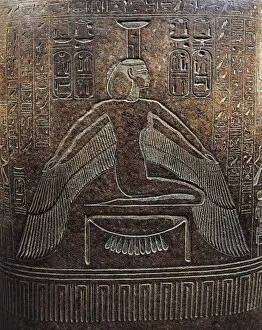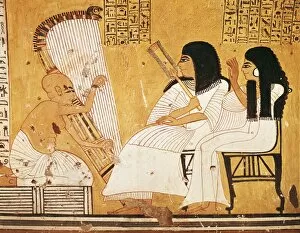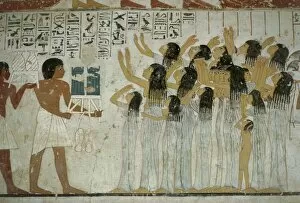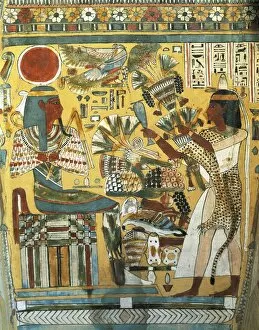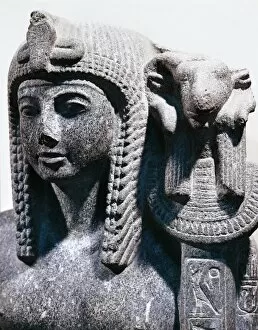20th Dynasty Collection (page 3)
The 20th Dynasty of Ancient Egypt, which spanned from approximately 1180 BC to 1077 BC, was a period filled with fascinating artifacts and historical events
For sale as Licensed Images
Choose your image, Select your licence and Download the media
The 20th Dynasty of Ancient Egypt, which spanned from approximately 1180 BC to 1077 BC, was a period filled with fascinating artifacts and historical events. One such artifact is the Heruben papyrus, a significant document that sheds light on the political and religious landscape of this era. Intriguingly, depictions of divinity on the solar boat of Seth also emerged during this time. These representations provide insight into the complex belief systems surrounding gods and their roles in Egyptian society. Rameses III, one of the prominent pharaohs of this dynasty, can be seen embracing Isis in an exquisite tomb known as Amon-hir-Khopshef. This touching portrayal showcases not only his devotion to the goddess but also highlights the importance placed on divine figures within royal circles. The Great Harris Papyrus is another remarkable artifact from Thebes during Ramesses IV's reign around c1200 BC. This extensive document offers valuable information about various aspects of life in ancient Egypt, including administrative matters and religious rituals. Moving away from textual records, an alabaster Sphinx dating back to either the 18th or 19th Dynasty (c14th-13th century BC) stands as a testament to skilled craftsmanship during this period. Its imposing presence serves as a reminder of Egypt's rich artistic heritage. Amongst other intriguing objects are Egyptian Shabti-Boxes adorned with images representing Anubis, Thoth, and Osiris - deities associated with death and afterlife beliefs. These intricately designed boxes were used for storing small figurines called shabtis that were believed to serve their owners in the afterlife. A stunning ring featuring Amun-Ra flanked by nb signs provides further evidence of religious symbolism prevalent during Dynasties 18-20. Such jewelry pieces served both decorative purposes while also expressing devotion towards these powerful gods.


